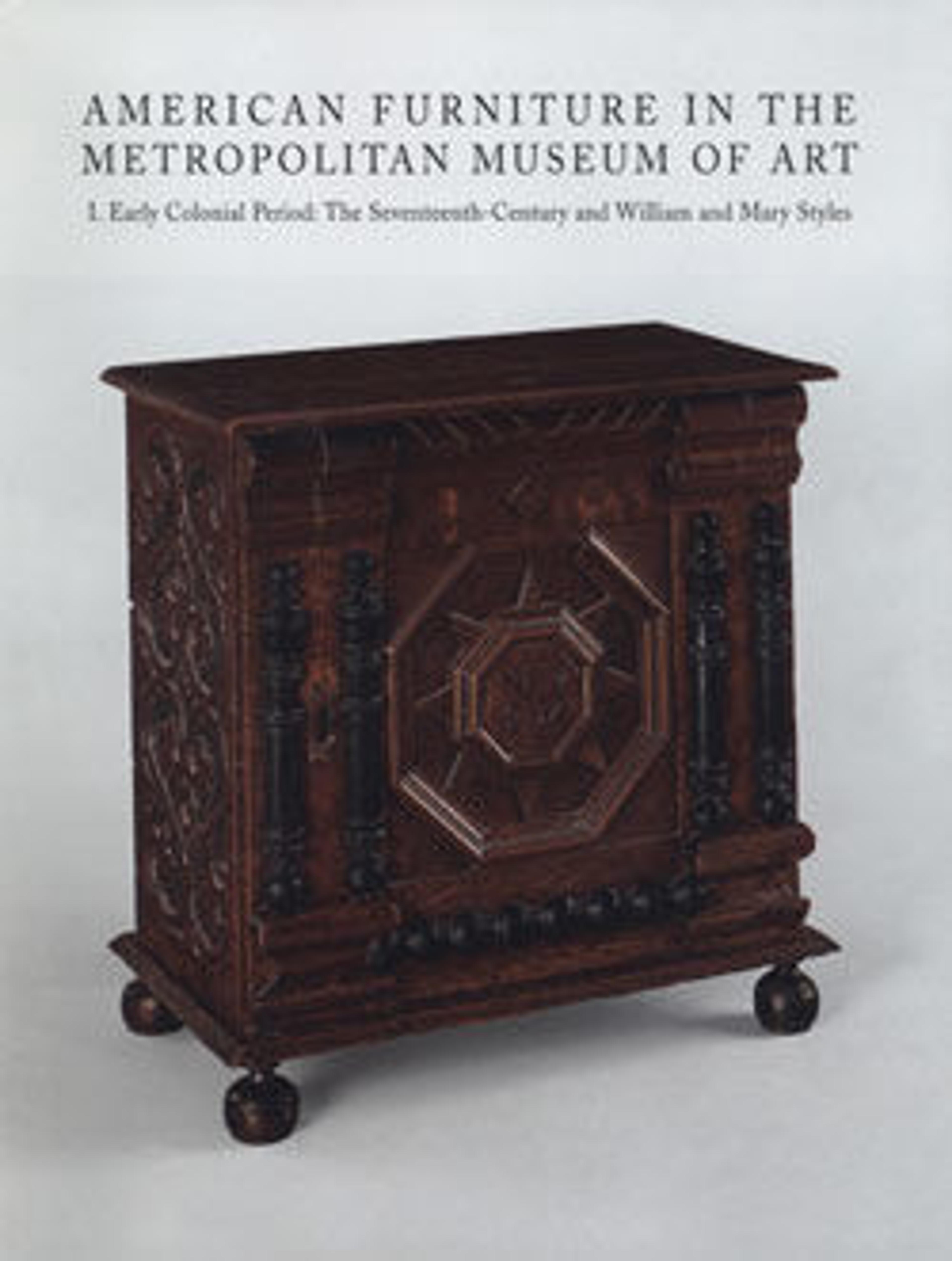Kast
A kast is a distinctive type of cupboard that was made in the New York—New Jersey area settled by the Dutch. Strongly architectural in design, the kast derived from Dutch prototypes and was made in America until the early 1800s. The most important piece of furniture in the home, it was probably often a dowry gift. The striking painted surface on this kast simulates stone and is highly unusual. Certain features of the construction and design details reflect, as does the form of the kast itself, Continental rather than English influences. This kast, one of a small number in the seventeenth-century style to have survived, is a rare example of joined oak furniture from the New York area.
Artwork Details
- Title: Kast
- Date: 1650–1700
- Geography: Possibly made in New York, New York, United States
- Culture: American
- Medium: Painted white oak, red oak
- Dimensions: 70 x 67 x 25 in. (177.8 x 170.2 x 63.5 cm)
- Credit Line: Gift of Millia Davenport, 1988
- Object Number: 1988.21
- Curatorial Department: The American Wing
More Artwork
Research Resources
The Met provides unparalleled resources for research and welcomes an international community of students and scholars. The Met's Open Access API is where creators and researchers can connect to the The Met collection. Open Access data and public domain images are available for unrestricted commercial and noncommercial use without permission or fee.
To request images under copyright and other restrictions, please use this Image Request form.
Feedback
We continue to research and examine historical and cultural context for objects in The Met collection. If you have comments or questions about this object record, please complete and submit this form. The Museum looks forward to receiving your comments.
